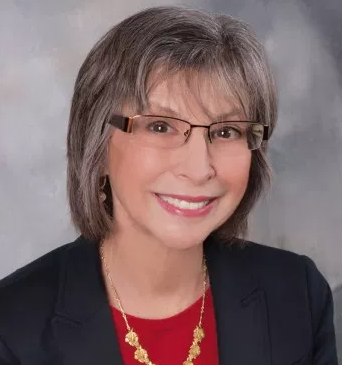Snyder: The Adjusters' and Lawyers' Remote Mediation Secret
Wednesday, April 13, 2022 | 0
COVID-19 changed our lives in oh-so-many ways. Courthouses and government buildings shut, and we were forced to suddenly embrace virtual platforms like Zoom, GoToMeeting, WebEx and Microsoft Teams.

Teddy Snyder
Now that restrictions are lifting, many of us don’t want to go back to our pre-pandemic business model. We want to keep working from home, at least some of the time.
And we want mediations to stay remote.
Efficient and effective
Remote mediation relieved attorneys and claims professionals from coping with stressful and unproductive traffic jams. Decision-makers could call in from anywhere, avoiding the obstacle of the real decision-maker not being present at the mediation. Participants with a history of vitriolic interaction particularly liked the absence of close personal contact.
The secret benefit of remote mediation
Shhh! What lawyers and adjusters really want to keep secret is that they like not sitting with their clients in caucus throughout the mediation.
In traditional mediation, the parties usually break into separate caucus rooms. The mediator acts as a shuttle diplomat, walking between the rooms to confidentially discuss offers and demands and to convey information in a way to facilitate settlement. When the mediator is not in the caucus room, lawyers, adjusters and clients can review what has happened and plan their next move.
And then they sit.
They make small talk. The lawyers, especially, try to charm their clients in a way likely to encourage further referrals.
Sometimes, contrary to instruction, clients bring children to the mediation. Lawyers and adjusters find themselves literally and figuratively baby-sitting their clients during periods that can stretch on for what feels like forever while the mediator talks to the people in the other room.
In contrast, in remote mediation, the mediator electronically moves participants who physically remain in their own offices or homes into virtual, separate caucus rooms. When not talking with the mediator or their own team, participants are free to engage in other activities so long as they remain fully available for the mediation. Suddenly, adjusters and lawyers found that they could attend to other (perhaps billable) work. Clients can work or attend to other obligations.
Will we go back?
Some negotiators maintain that being able to physically look one’s opponent in the eye and assess body language is critical. Research shows that we are all actually poor at correctly evaluating these supposed indicators.
Most mediation veterans want to keep things virtual and productive.
Attorney Teddy Snyder mediates workers' compensation cases throughout California. She can be contacted through snydermediations.com.







Comments